Bamboo Insect Infestation
Untreated bamboo, just like almost any other wood, has a high chance of being attacked by insects. Bamboo insect infestation occurs due to the presence of starch and other carbohydrates. Insects obtain their food supply from the bamboo and degrade it, therefore bamboo should be chemically treated to avoid infestation.
Beetles and termites are the most commonly occurring insects in bamboo. They do not require any specific conditions, except for warm and moist climate conditions.
The life cycle of an insect is divided into four stages: egg, larva (caterpillar), pupa and adult. Eggs hatch into minute larvae, which penetrate by gnawing through the tissue by mechanical and chemical action. The particles are digested in the gut of the larvae and the frass is pushed out as pellets at the rear end. The larva pupates and finally the adult beetle chews its way out of the bamboo culm leaving exit holes on the surface. The adult may again lay eggs before dying resulting in multiple attack of the same stock or culms freshly added.
Powderpost Beetles
Some hardwoods are naturally immune if they have low starch content or if their pore diameters are too small for the female beetle's ovipositor to lay her eggs in. Unfortunately, bamboo has large pores and contain high concentrations of starch. Boron based wood preservatives can be used to prevent beetle infestation in bamboo.
Powderpost beetles, may consume the whole bamboo culm leaving only a thin outer shell on exiting. Larvae of beetles nourish on the starch and sugars in the parenchyma cells in the culm and the intensity of attack will depend on the amount of starch available. Thus culms with higher starch content, for example, those harvested during shooting or the rainy season, are more prone to attack. Once the larvae grow, they can consume other cell wall components as well.
Powdery dust falling out of holes indicates ongoing bamboo insect infestation. The beetle larvae can tunnel through the entire inner tissue leaving behind only a thin surface of the hard cortex which may give a false impression when evaluating the significance of damage for repair work.
Termites
Termites live in well-organized colonies having a population of several thousands to a few millions of individuals. They are among the few insects capable of using cellulose as a source of food. Some varieties of termites (subterranean) need high humidity and access to water for survival. Other types (drywood type) survive without ground contact, obtaining moisture from the culm.
Subterranean termites attack bamboo on ground contact by extending above the ground in tube-like runways made of soil and faeces. The gnawing takes place inside the bamboo culm. Using termite-resistant concrete, steel, or masonry foundation with appropriate barriers, is a basic bamboo construction technique to avoid contact between bamboo and the ground.
Drywood termites build their nests inside the bamboo culm parts that they are eating. Often attack becomes visible only at a late stage of deterioration.



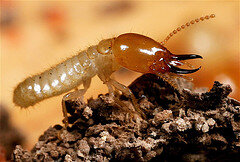
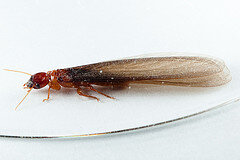

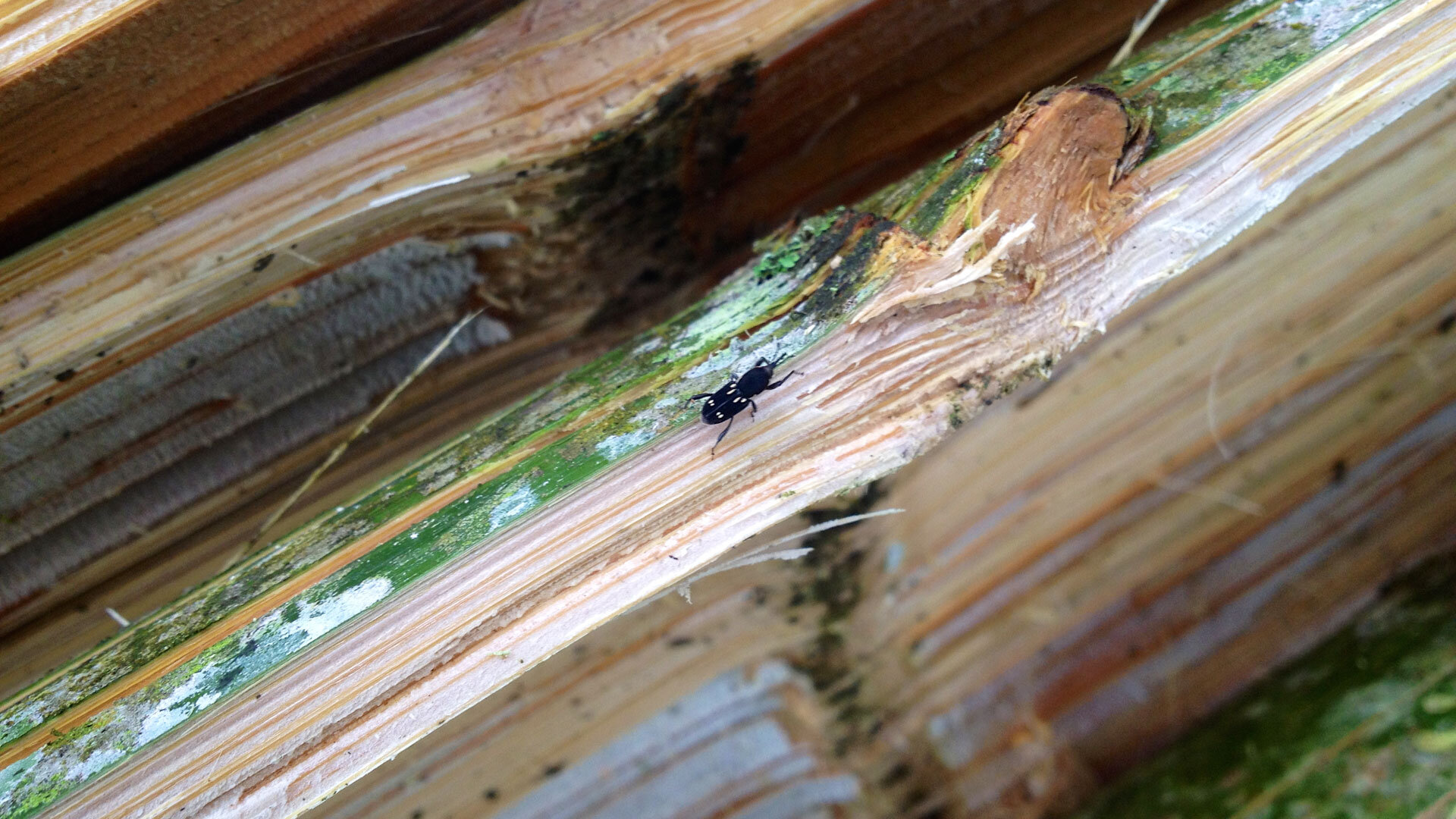
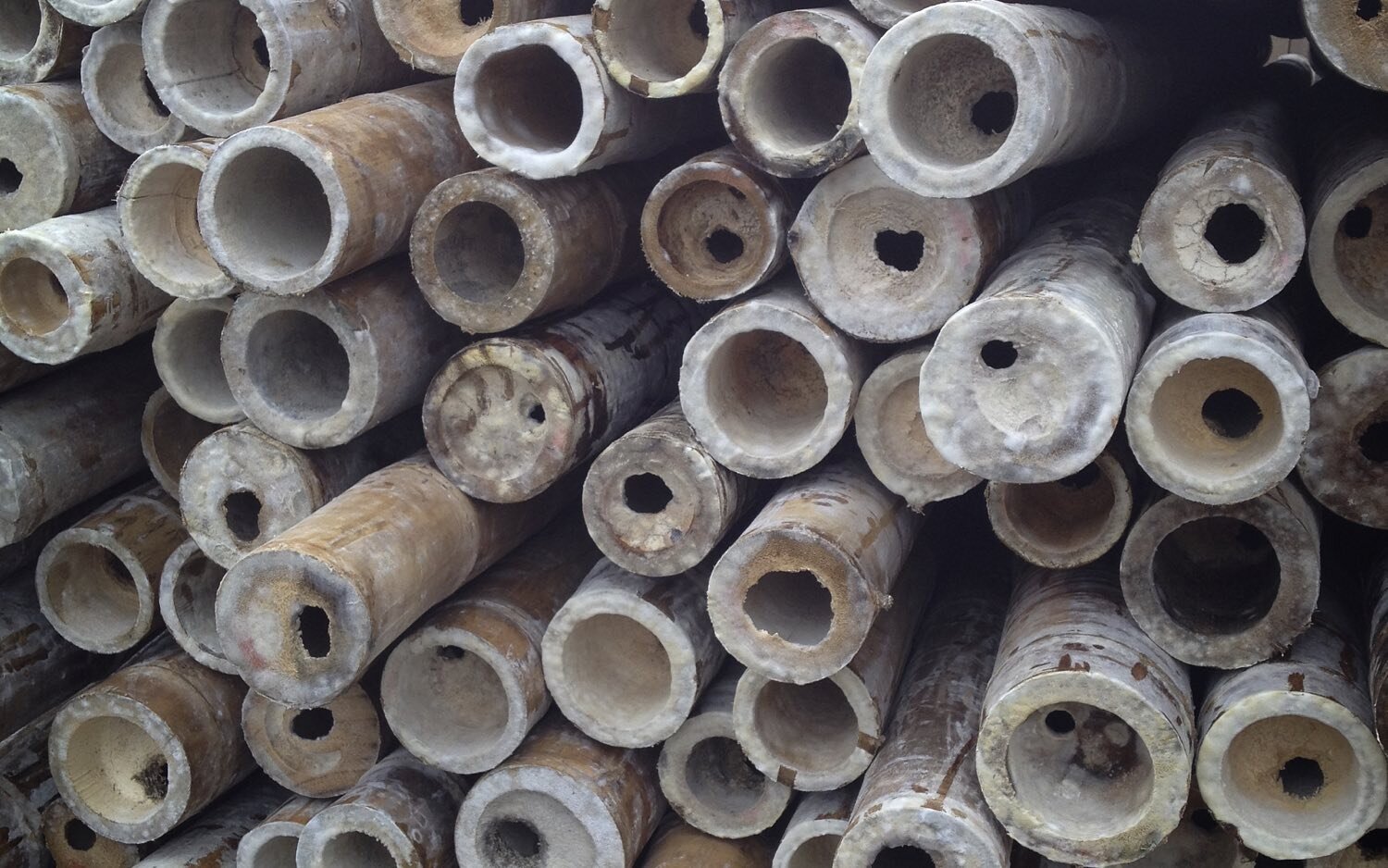
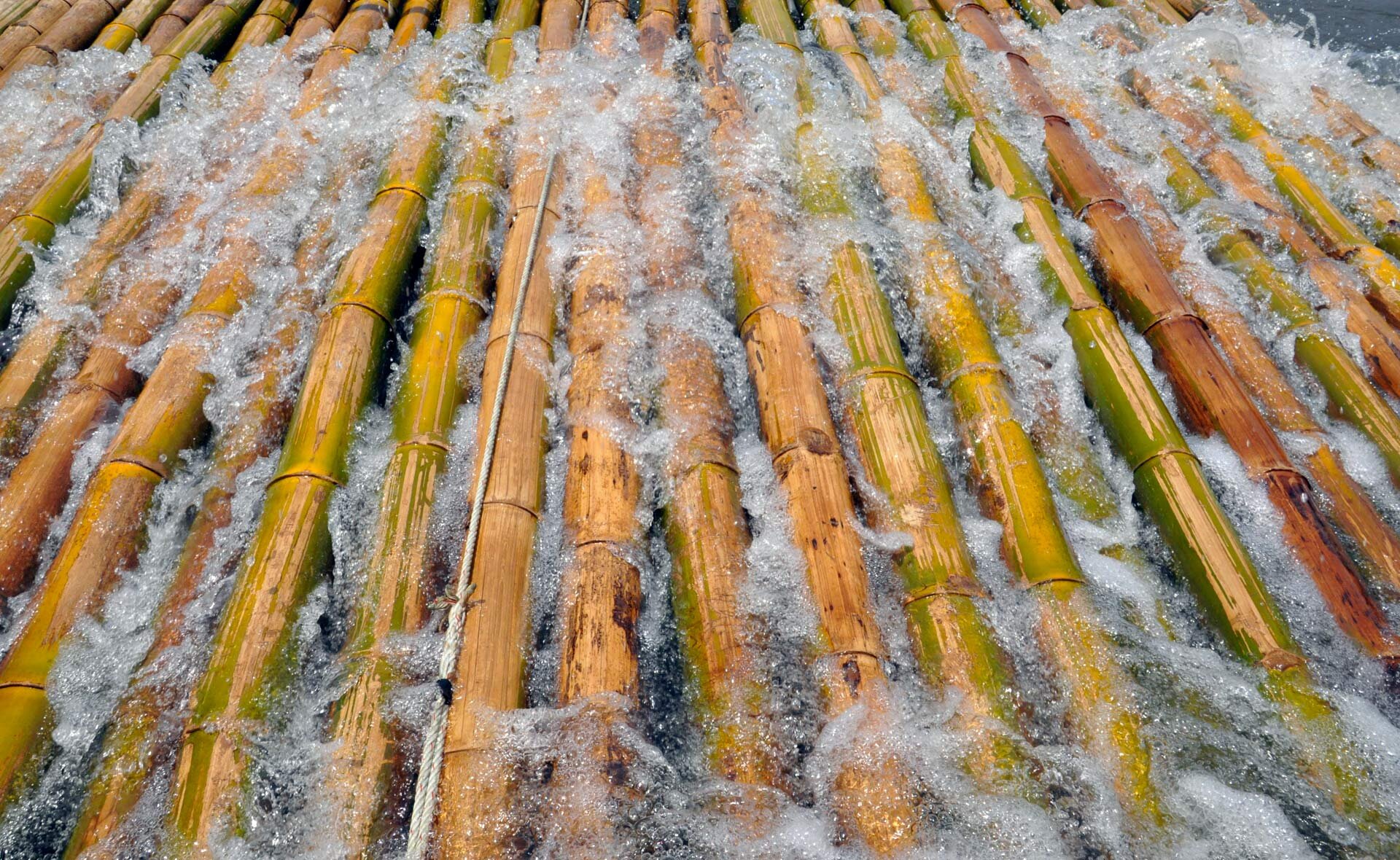
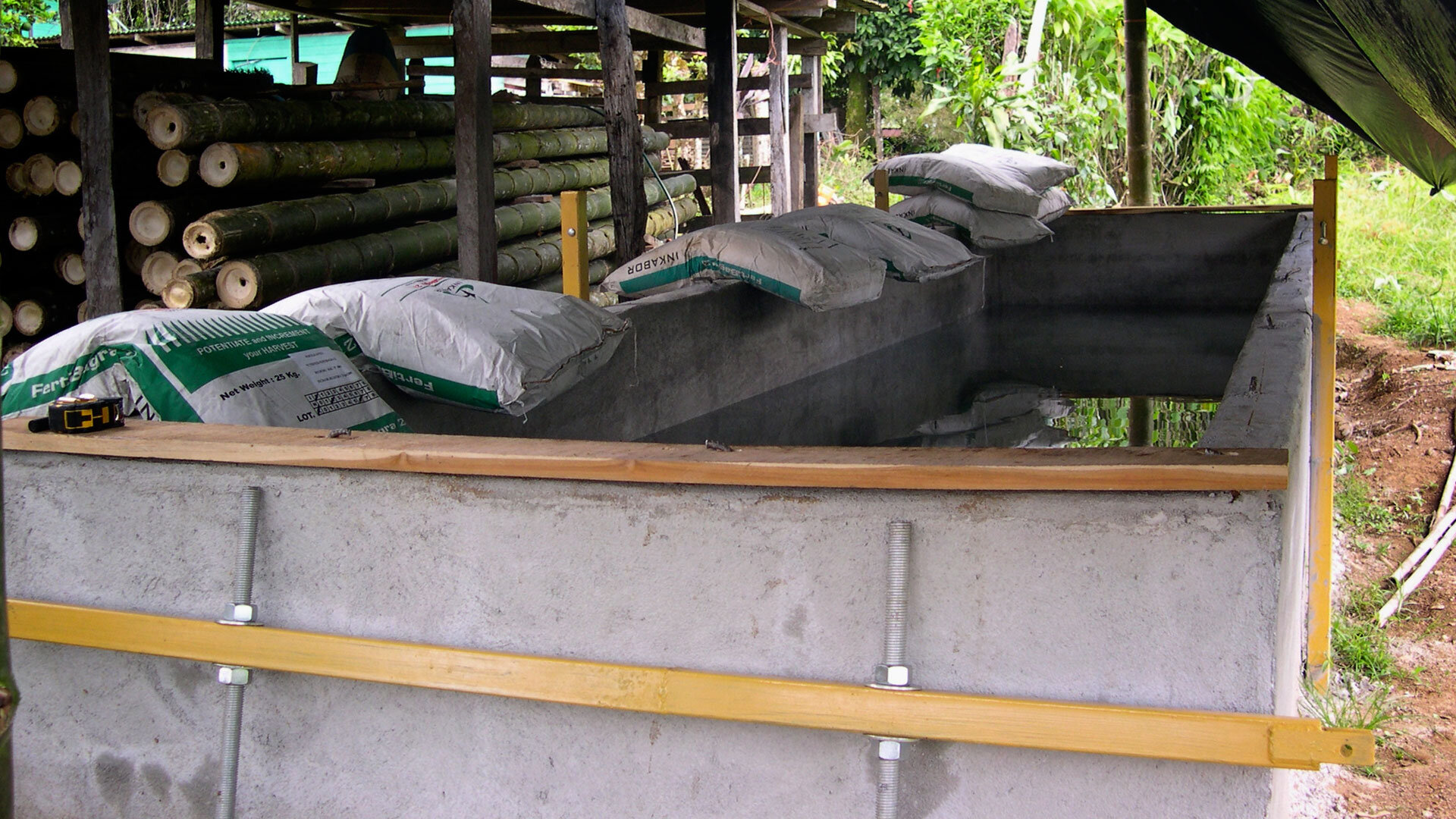
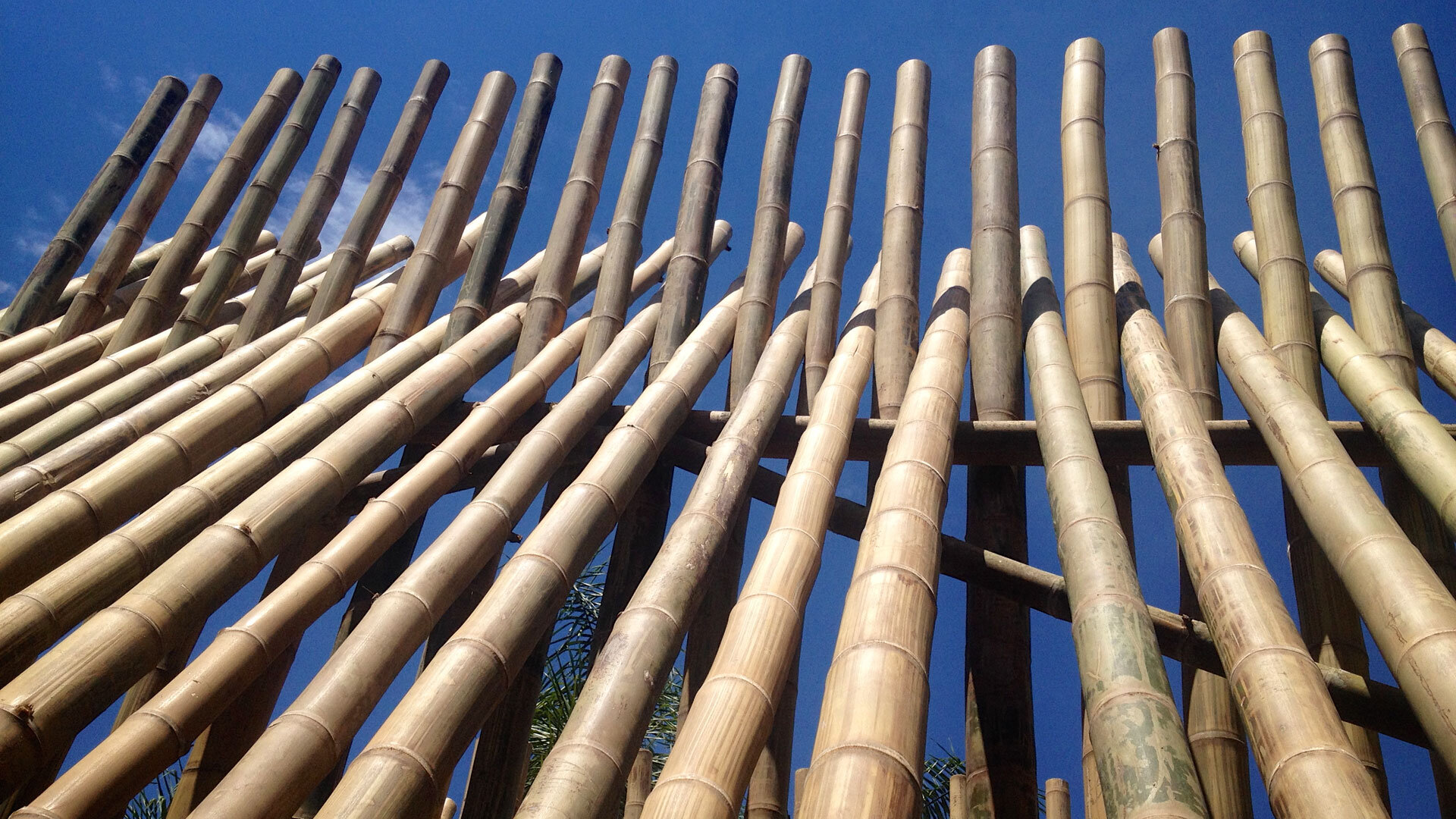
Does anyone have experience with this bamboo pest? We have found the bug at all stages (pupae, larvae, adult) in our poles which were treated prior to installation in our house (3 week wash, dry then permethrin soak treatment method). Some of the infested poles are three years old already.